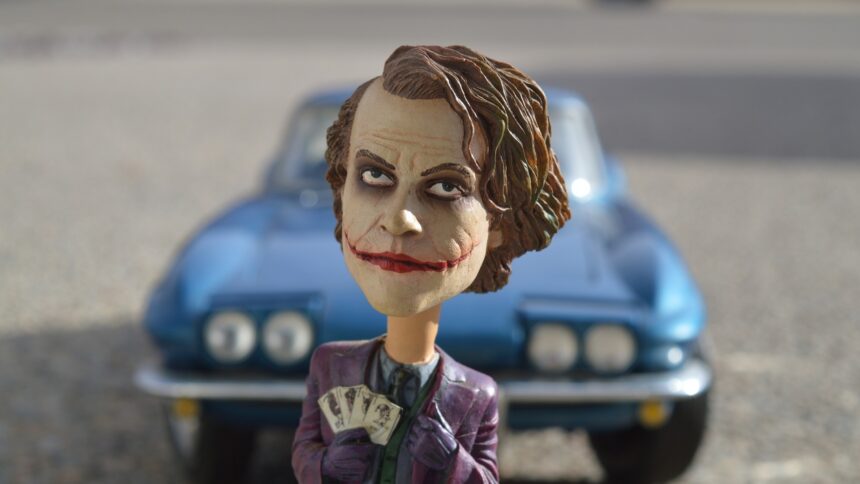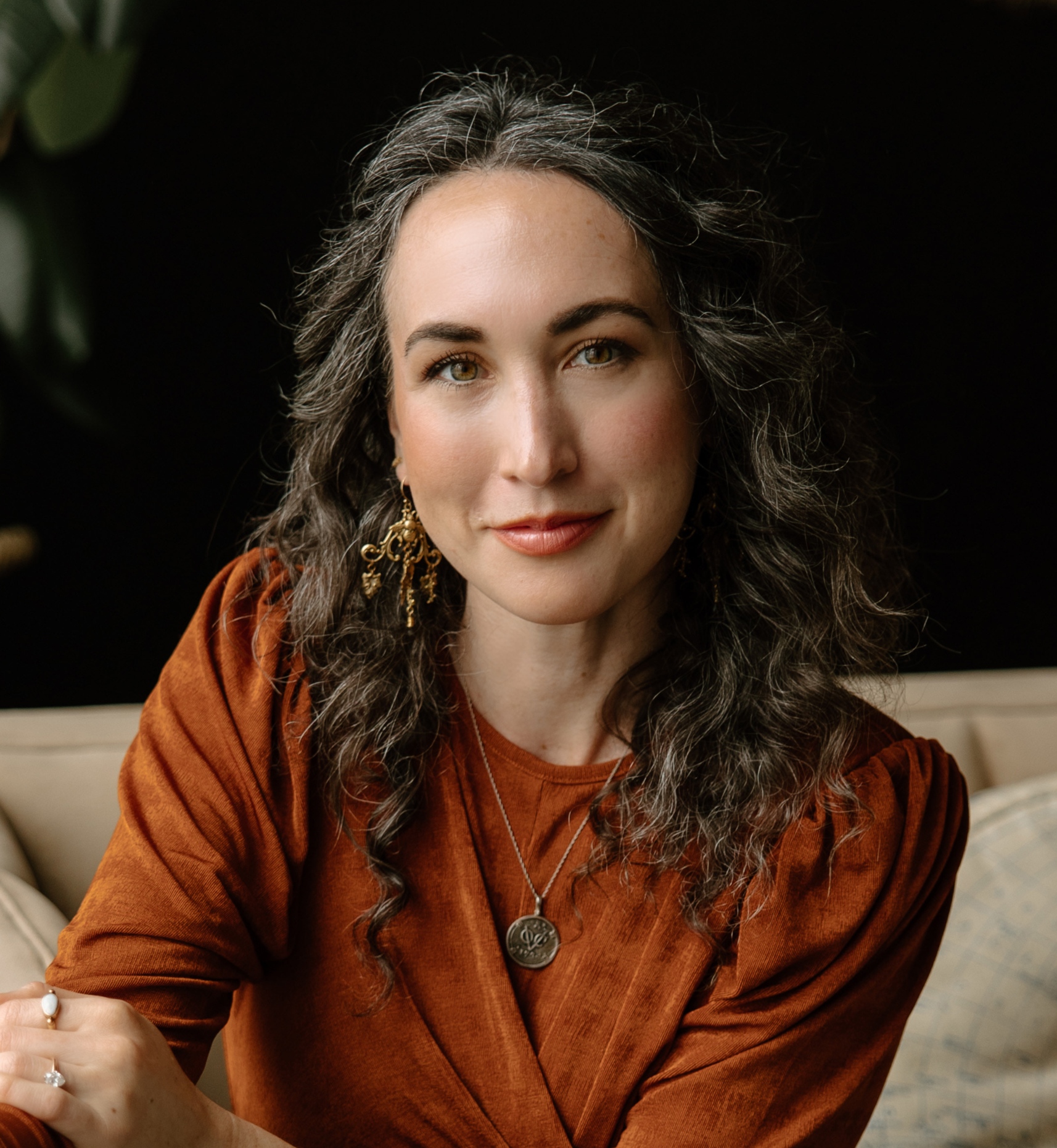How to Turn Your Muppet-Like Villain Into Something Believable
By Jillian Forsberg | July 31, 2024 |
Please welcome WU’s newest contributor–creative force and debut author, Jillian Forsberg!
Jillian holds a master’s degree in public history from Wichita State University and a bachelor’s degree in communication and history from McPherson College. Her historical research has been published in academic journals and she was the editor for Wichita State’s The Fairmount Folio.
Jillian’s research into little-known historical events led her to discover the story of Clara the Indian rhino, who dazzled Europe in the 18th century. Clara’s true story formed the basis for Jillian’s debut novel, The Rhino Keeper, which releases on October 22nd from History Through Fiction. And–fun fact–because The Rhino Keeper set pre-order records for her publisher, Jillian got to spend some quality time recently feeding rhinos!
“They must have been bonded. And so begins the harrowing, heart-wrenching tale of a man and his beloved rhinoceros, Clara. Inspired by real-life events, The Rhino Keeper by debut novelist Jillian Forsberg illuminates the extraordinary connection between humans and animals. Spanning two centuries, The Rhino Keeper is both a historical mystery and a tale of old-world adventure, reminding us that even the wishes we take to our grave may someday come true after all.” – Sarah Penner, NYT Bestselling Author of The Lost Apothecary and The London Séance Society
“Rich with adventure, historical detail, and love of all kinds, THE RHINO KEEPER is an enchanting true story. Jillian Forsberg brings Clara the rhinoceros and the humans who cared for her to vivid life, deftly interlacing the dual timelines to create a poignant tale that spans both continents and centuries. Just as the 18th century Europeans who flocked to meet Clara could not help but be changed by knowing her, readers of Forsberg’s accomplished debut will find their hearts expanded with each page they turn.” – Molly Greeley, author of MARVELOUS
Jillian’s passions lie firmly in the 18th century. When she isn’t tending to her bridal store, you will likely find her browsing the closest antique mall or reading every label at a museum. She’ll most likely be wearing vintage dresses–except when she’s feeding rhinos.
Learn more about Jillian and The Rhino Keeper on her website, and follow her on Instagram and X.
“Your antagonists are mustache-twirling Muppet-like characters,” said my editor. “We have to make them real people.”
Mustache-twirling? Muppet-like!? Good lord. Had I lost touch with writing bad guys?
“How do I do that?” I asked, my heart in my throat. I was prepared for the worst. Huge rewrite? Scrap everything!? Instead, I was assigned some surprises.
Relatable antagonists are some of the most difficult to write in fiction, particularly historical fiction, where in our mind’s eye, we see cloak-draped villains as an easy out. But my editor was right – as editors usually are – and my antagonists needed depth, substance, and work.
My assignment was to study well-done villains in movies and reflect upon myself. Myself? Luckily, movies came first.
The two movies on the docket: Gangs of New York and Footloose. I laughed at the suggestion. How could two very different movies, neither set in the right time period or place, help my book, set in 18th century Europe? I learned rather quickly they were exactly what I needed.
Both of those movies feature “bad guys” with something in common and unmistakably human: Lots of other characters do not consider them bad. Quite the opposite, actually. In Gangs of New York, Daniel Day Lewis perfectly portrays William “The Butcher” Cutting, seen as a hero among the people who share his anti-immigrant sentiments. But to Leonardo DiCaprio’s character, Amsterdam Vallon, he is the worst kind of enemy: The Butcher killed his father.
In Footloose, John Lithgow’s Reverend Shaw Moore sees dancing as immoral, a gateway to sin. Both the Butcher and the Reverend share a following as well as a moral-driven purpose to gather those nearest to them to fulfill their missions. They are, to many, heroes. And as a fiction writer, watching those two performances cued me on a big missing piece: If you flip the story, the villain could easily be the protagonist.
It was the second piece of my assignment that was more subtle and imparted a painful truth (beyond having my characters hilariously called Muppets). If I wanted to write truly believable antagonists, I had to self-reflect. Those Hollywood bad guys were perfect examples, but, quite frankly, so was I.
I began to bring forth the times I was considered the villain. I’ve worked in retail management for nearly half my life, and anyone in retail can tell you the manager is the worst, even though we’re actually just humans doing our jobs. We bring bad news to customers, vendors, and employees. We take the brunt of the whip from customers, vendors, and employees, too. Though we are problem-solvers, we are often the people who take the blame for every problem, even if those problems are not our fault.
It’s hard to imagine yourself as a villain. Most of us consider ourselves good people, and take to heart any time someone tells us we’re not. Those comments and actions against us create little scars on our psyche, on our self-awareness.
It’s much easier to write a villain whose only job in life is to torture the main character, ruin a life, say the worst thing possible. But if you’ve ever been considered a villain yourself, then there’s that nagging pull in the back of your mind that says, Hang on. I’m still someone’s favorite person, aren’t I?
And so is your villain. When you’re writing, you must soften their edges, make them relatable, find their delicate, shimmering humanity. The antagonists you write should feel the same ache you have when someone says (literally or otherwise) that they dislike you. Perhaps their intentions are misconstrued, their mission misunderstood, the bad news they’re delivering unavoidable. They’re not completely evil, and we must remember to write them with some good parts.
I know you’re thinking of the time you were the antagonist. That’s okay. Do it. Feel it. Write it into your characters. Remember the people who consider you an enemy, as they’ll only make your writing stronger. Now, give yourself permission to let those thoughts go. Use your writing as a tool to get the emotions out, and when you do, you’ll find your antagonists wildly relatable to readers.
Remember, too, to do the same flip with your protagonists. They cannot be perfect. You have people in your own life who think you’re a true hero. You’re wonderful and deep and complex and special, but now you’ve reflected on your flaws. You make mistakes. You have people in your life who think you’re terrible. Write them. Use the little nuances you’ve experienced to develop the complex emotional world of your fictional heroes and villains both. Imagine what your book would be like if the antagonist were the hero, and allow your readers to draw deeper into those conflicting moments when they’re not exactly sure who they should be rooting for.
I’m confident now that my mustache-twirling Muppets have turned into real, relatable people on the page. And my therapist has praised me for spattering in the little bits of my past that made me feel less-than. Incorporating our own bits of humanity into our villains can be uncomfortable, but in that way, we make them real.
Remarkable, isn’t it, that we find ourselves changed by our own invented characters? Villains are meant to exist for that exact reason – to help us grow. So write them as real as you can. Do your research, both with watching the best villains written for the screen or in literature, and by delving deep into your own villainous past. You’ll be better for it, and so will your characters.
Exercises for you, writers:
The next time you watch something dramatized, pay very close attention. What subtle characterizations can you take from movies or TV shows to incorporate into your own antagonists? What characterizations can you take from the protagonists’ weak spots to strengthen your own antagonists?
Do some self reflection. Think about the people who dislike you. Find humanity in them.
Now flip it. Think about the people you dislike and find humanity in those people.
Consider this your pre-therapy session (and be aware you might need therapy afterward!).
What’s the best protagonist you’ve ever seen/read/written yourself? What made them feel so real to you?











Hey Jillian — Welcome to WU! What a terrific start you’ve made here.
Your observation about the perspective of having been a retail manager is a revelation to me. My mom was the manager of a high-end women’s fashion store, and gave me my first job (as the janitor) in high school. Talk about a hero that suddenly became a villain, lol. Seriously, although–at the time–her treatment of me as an employee versus a son occasionally felt harsh, I still stand in awe of the steel in her spine, how she handled employees and upper management and customers with a disarming smile and a pervasive (and often intoxicating) grace. She made everyone in every situation feel either satisfied, or at least that some version of justice was prevailing. Behind the scenes, I often glimpsed the toll it took, which no outsider would ever have guessed.
What a useful tool. I mean, no disrespect to her memory, but yeah–thinking of my mom might actually help me to humanize my villains. So thanks. I’ve preordered the book. Wishing you the best with it! Glad to have you aboard. Looking forward to more.
Hey Vaughn! Thanks so much for the comment. Agreed!! We often find the people we love most and spend the most time around can inspire us in many ways. No one is perfect, and even the most well-rounded human has villainous qualities to someone. I’m glad you enjoyed the article and thanks so much for pre-ordering!
Great article. Shared on SM and thinking about it as I delve into deepening my historical fiction.
Good post, Jillian. Thanks for sharing your experience. Real life is full; of examples of heroes who might have easily become villains. The start athlete who used sports to escape poverty and violence and to advocate for education and child welfare might have, given different influences, become a gang member and wound up in jail, or dead. Just flip the script and you have your villain.
I have many favorite protagonists; I can’t choose one to write about.
Your novel sounds entertaining and I’d like to see how you blended the two different timelines together. (And there’s a mystery in the story!)
Welcome Jillian! I am excited to read your book!!! It sounds fascinating. And thank you for this essay on making more believable villains. Every character has a little piece of me in them, including the villain, and it’s humbling to discover the depths of darkness within myself.
Oh, wow. I have just seen the human side of my villain, and he is the mirror image of the protagonist. Both of them will do anything to save their brother. Thank you, Jillian